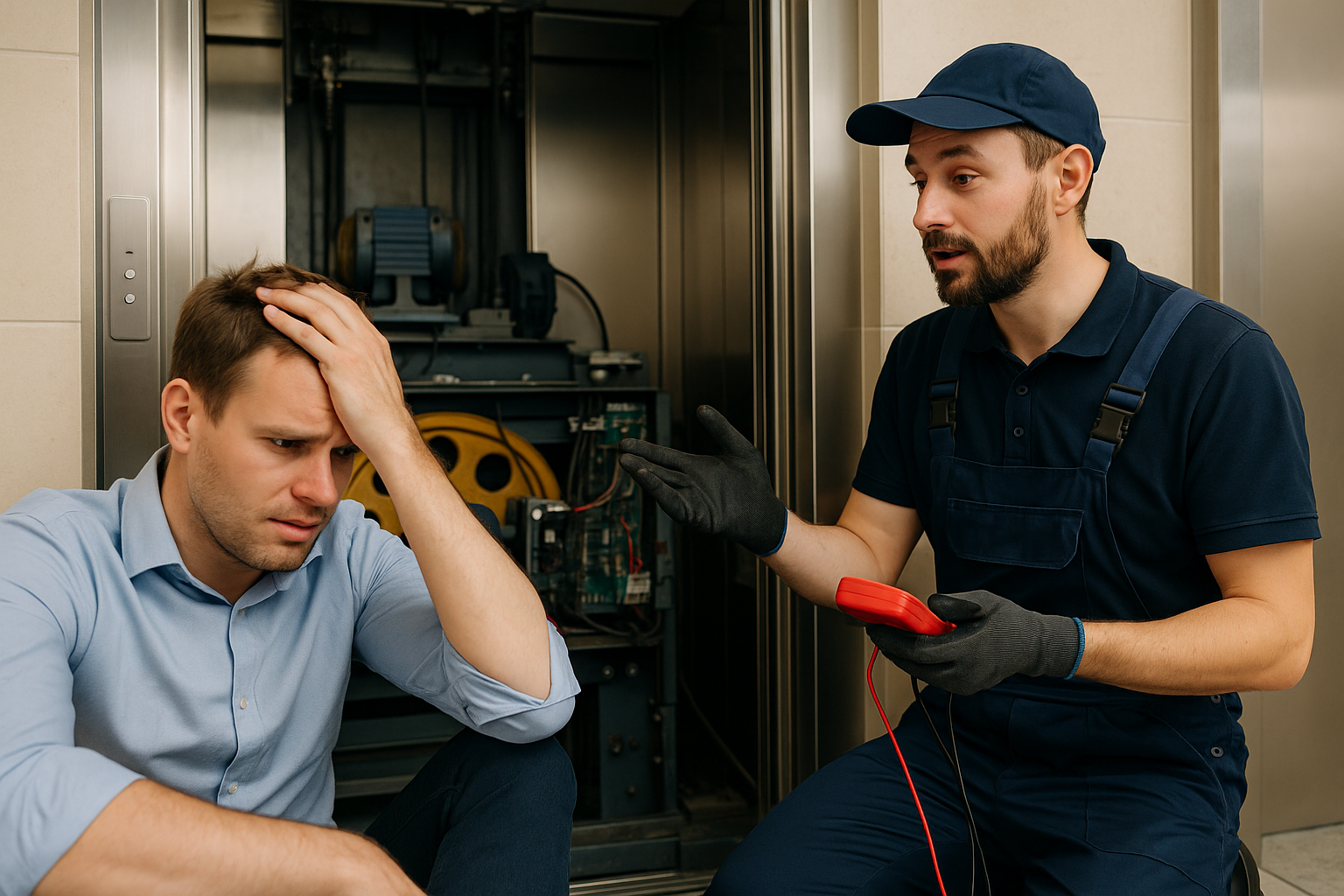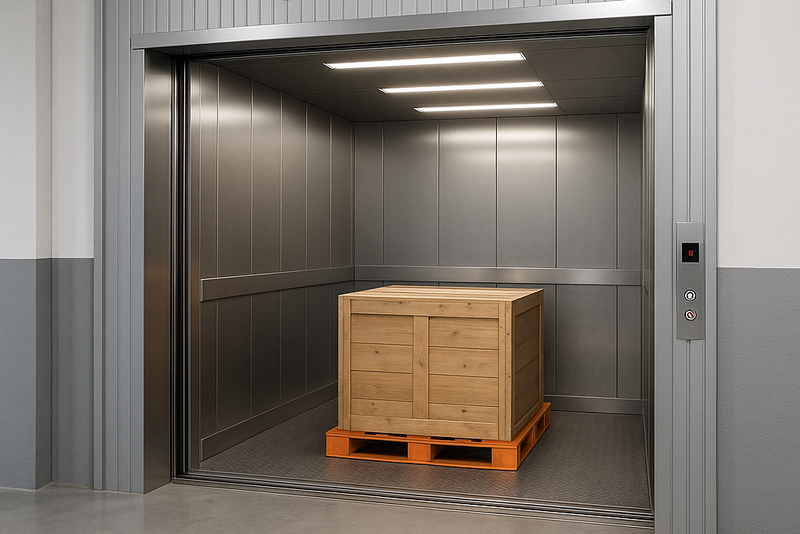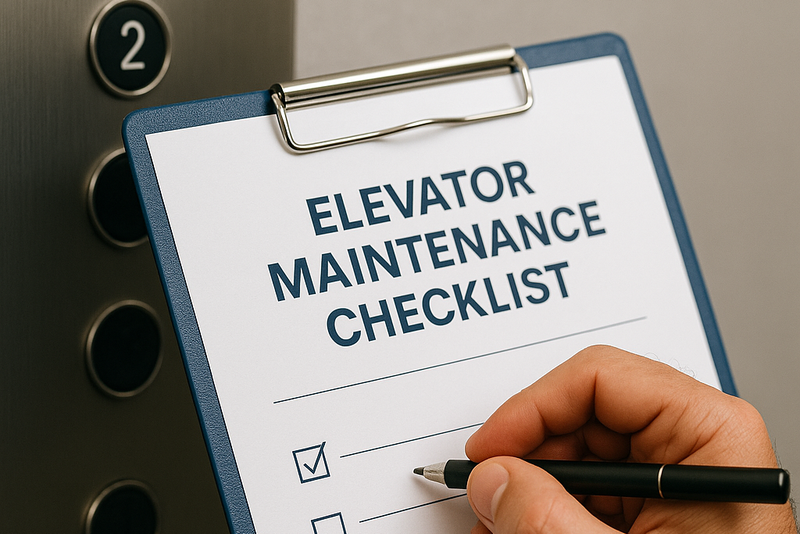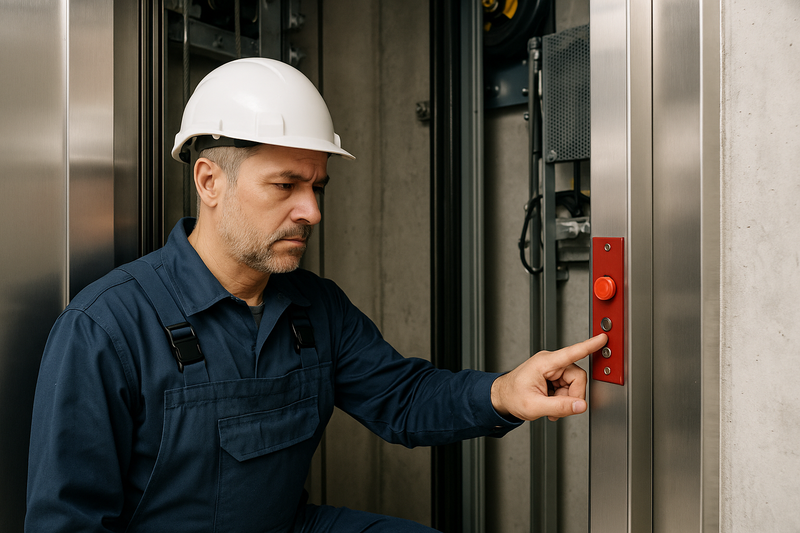How Hard is it to Fix an Elevator?
Learn what makes elevator repairs complex and when to call certified technicians. Stay safe with expert advice on elevator maintenance.

When an elevator suddenly stops working, it raises one immediate question: Can this be fixed easily—or is it a serious issue? Whether you’re part of a building’s maintenance team or just someone trying to understand the situation, knowing what goes into elevator repairs can help you make smart, fast decisions.
Let’s break down what makes fixing an elevator difficult, when it’s safe to troubleshoot, and when you should absolutely call the experts.
Why Did the Elevator Stop Working!
Elevators can stop for several reasons—some minor, others complex. It could be something as simple as a tripped breaker or a stuck door sensor. But it might also involve serious electrical failures, worn cables, or issues in the control system. Without proper tools and training, it’s hard to know which.
And that’s where things get complicated.
What Makes Elevator Repairs So Challenging?
1. Highly Regulated Systems
Elevators are not like HVAC units or light fixtures. They’re vertical transport systems regulated by strict safety laws in Saudi Arabia. Even a small repair has to meet precise codes—and one wrong move can create a safety hazard.
2. Hidden or Hard-to-Reach Components
Many of an elevator’s critical parts—like brakes, motors, or controllers—are hidden in the shaft or located in the machine room. You can’t inspect or access these safely without the right tools, safety training, and protective equipment.
3. Specialized Technology
Modern electric elevators, especially MRLs (machine-room-less types), rely on complex electronic systems. You won’t find simple switches and wires; instead, you’ll see microcontrollers, drive units, and diagnostic software. Diagnosing issues requires specific expertise and often proprietary tools.
4. No Room for Error
A misdiagnosed issue can do more than just delay operation—it can compromise safety. For example, adjusting a door mechanism incorrectly could result in the elevator moving with open doors. That’s why licensed professionals are required by law for most repairs.
Can You Fix Minor Elevator Problems Yourself?
Sometimes—but with caution.
Here’s what building maintenance teams or staff can safely check before calling in a technician:
- Power Supply: Check the building's breaker panel. If the elevator has no power, it might be a tripped circuit. Reset only if you’re qualified.
- Emergency Stop Button: Ensure it hasn’t been accidentally pressed inside the cab.
- Door Obstruction: Dirt or debris blocking the door sensor will stop the elevator from moving. Clean the sensor area if accessible.
- Elevator Not at Floor: The elevator might be slightly above or below floor level. Call for professional leveling service—don’t try to “reset” it yourself.
If none of these solve the issue, stop there. Elevator systems should never be opened, reset, or forced by non-certified personnel.
When You Must Call a Professional
If you're experiencing any of the following, contact a licensed elevator company immediately:
- Unusual sounds like grinding or screeching
- Jerky or uneven movement
- The elevator is stuck between floors
- Control panel isn’t responding
- Frequent resets or trip-outs
- Emergency lights flashing or alarm sounding
Call us now to dispatch a certified technician or to request emergency elevator service across Saudi Arabia.
How Professionals Fix Elevators
Certified elevator technicians follow a strict process:
- Diagnostics: Using specialized tools, they retrieve error codes and check system health.
- Inspection: Key components like traction sheaves, safety brakes, and relays are visually and mechanically checked.
- Testing & Repair: Technicians replace, adjust, or reprogram faulty components. Everything is tested multiple times before being returned to service.
- Compliance Check: All repairs must comply with local and international safety codes.
Whether it’s a home elevator, cargo elevator, or a high-rise lift, SEMAG’s team ensures every repair is safe, code-compliant, and built to last.
Why Elevator Maintenance Is Key
Routine elevator maintenance reduces the need for reactive repairs altogether. It keeps everything running smoothly, prevents shutdowns, and ensures the elevator’s lifespan.
Regular Elevator Service Includes:
- Cleaning and lubricating mechanical parts
- Checking cables and door systems
- Updating software and sensors
- Safety system testing
A proactive maintenance plan with SEMAG Elevators can spot issues before they cause downtime.
Trust the Experts
Fixing an elevator isn’t just difficult—it’s a job that demands precision, training, and safety awareness. While some simple checks can be done in-house, most issues require certified technicians.
If your elevator isn’t working and you’re asking, “How hard is it to fix this?” — don’t take chances. Our certified technicians are equipped to diagnose, repair, and restore your elevator system with speed, precision, and full compliance—minimizing downtime and ensuring complete safety.





